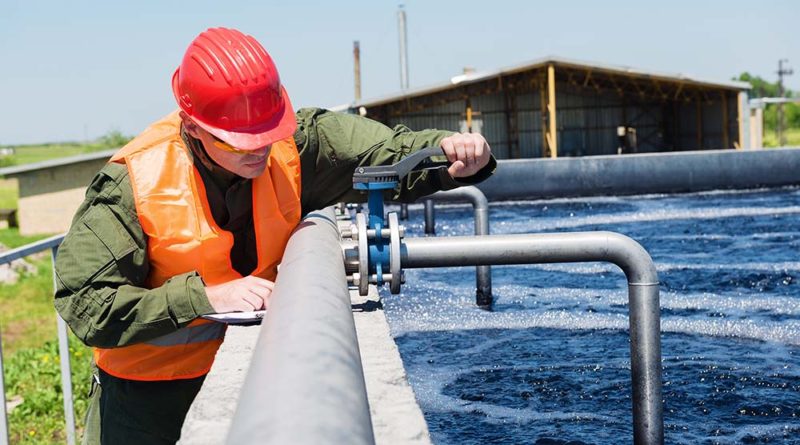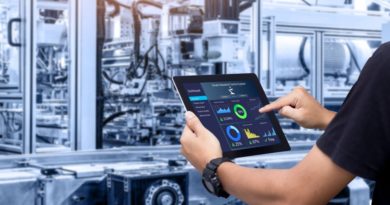The 3 Rs of data as applied to water
Innovation has been a buzzword uttered by many a water provider in recent years. Since the UK’s water services regulation authority, Ofwat, published its price review 2019 (PR19) paper in 2017 and made innovation a focal point, most water providers have considered the use of new technologies to bolster productivity, reduce costs and strengthen continuity of service. This has made data acquisition, aggregation and analysis technologies more appealing to water operators — however, introducing new systems is understandably complicated in such complex networks.
The water industry’s need to innovate is not going to pass any time soon. In December 2020, Ofwat opened a consultation on what the industry should look like by 2040 and how the regulator, the sector and stakeholders can meet the challenges of the intervening years.
At the launch, Ofwat commented:
“There will always be lessons to learn and going forward, the industry will need to become better at anticipating and adapting to uncertainty and change. They will also need to innovate at a greater pace than before and make full use of opportunities from smart networks, nature based solutions and markets to thrive in the future.”
It’s the first of these suggestions, smart networks, that initially appears to be relatively easy for water operators to develop. A smart water network consists of various analytical, measurement and sensing devices and systems that offer insights into everything from water quality and pipe pressure to pump speeds and ambient temperatures in reserves. This field data can provide various insights to stakeholders.
However, a physical network as expansive and complex as water infrastructure presents ample opportunity for devices and systems to be deployed in an isolated and inefficient way. This means that its very likely certain raw data will be collected numerous times, stored in multiple disparate systems and siloed from certain groups of stakeholders. In our view, this isn’t a smart network; it’s a pseudo-intelligent network. If the data is being collected and used to inform strategic decisions, then it stands to reason that the systems collecting and housing that data should be deployed strategically as well.
Water operators at the start of their deployment journey can avoid a wide range of headaches by considering the three Rs of data:
- Reduce overlap of data collection
Reuse collected data for multiple purposes
Repackage data for multiple stakeholders
Reducing overlap in data collection means ensuring that raw data points are collected only once by a single sensor or system, and stored in a clearly defined system, such as a Historian software. This avoids the expense of investing in multiple systems to collect the same data several times for different purposes, as well as the cost of setting up those systems.
Reusing collected data for multiple purposes builds on this. The insights a technician will need to draw from machine data will differ significantly to that of an operations manager or area manager. However, the raw data can be fed into various reports and calculations to offer different kinds of insights. For example, the energy requirement data of water treatment equipment is relevant not only for energy usage reports, but also for sustainability reporting. Making the data readily available for multiple reporting purposes enhances business flexibility.
These values are especially important in the water sector, where context is key and the interplay between different parts of the network can have a tangible impact on overall operations.
One of the costliest oversights that many businesses encounter when focussing on data collection is that technicians often embrace a silo mentality, where they understand the value that data offers to their immediate machine or area of operation. For example, it might be that pump pressure monitoring is perceived as being valid only insofar as it informs maintenance schedules for that system. This mentality might make it appear to be a good idea to invest, separately, in sensor devices to measure water flow rates in the local area, which monitor water flow and pipe pressure.
Instead, repackaging the pump pressure data to support analysis of water flow would reduce overlap between systems, and in turn reduce the time and cost expenditure of configuring another system to also collect pressure data.
This same principle of the three Rs can be applied to data collection and analysis of all kinds throughout the entire network. In effect, data should be treated similarly to the water network itself; collected from a single source and transferred into a defined system, from which it can be supplied to where it is needed, for what it is needed for. If water operators are truly to improve productivity and reduce operational costs with innovation and new technologies, the key is to find ways of strategically collecting data once and using it in multiple ways. Doing so enables the company to be more flexible, adaptable and prepared for changing market conditions.
Click here to find out more about the 3 Rs of automation data with our infographic guide.



